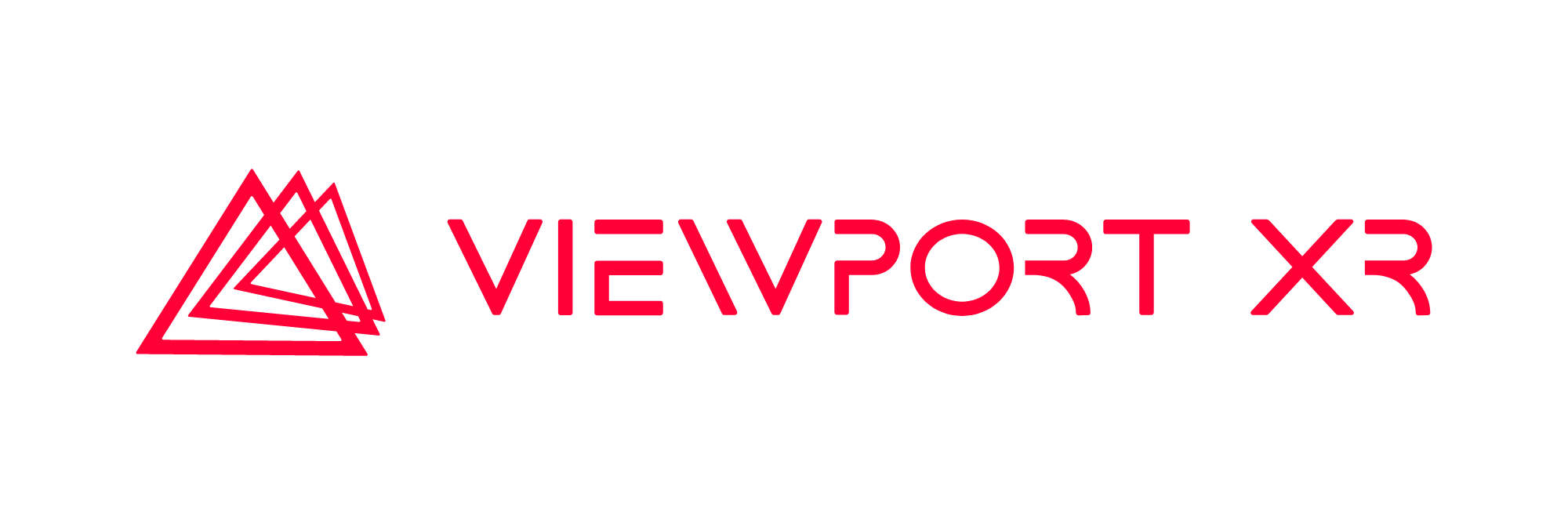Tech giants like Apple, Google, Intel, and Microsoft are already pouring resources on developing Mixed Reality technologies. Apple has patented many MR technologies, with Samsung and Facebook getting in on the ground floor.
Discover Academy
Mixed Reality
XR, VR, AR, now MR? One might ask how many realities could there possibly be? In Viewport’s world, we make anything possible using various reality technologies to transport you into whatever reality you want to experience.
What is Mixed Reality?
To define Mixed Reality, we must establish (and understand) its parents, Augmented & Virtual Reality. How these interact with the physical world, any environmental inputs. Here is a quick definition of AR & VR.
Virtual Reality is the technology that replaces current reality with a virtual world. VR places the user in the new world, which, by design, does not involve the real-world environment that you are in.
For this reason, it’s important to use this technology in an open space, so as to avoid bumping into… well; the real world.
To put VR into context, check out the VR training module we made with Dementia Training Australia below. It functions to give real insight into the actuality of living with Dementia.
Thereby, increasing levels of carer to patient empathy, through genuine understanding.
Augmented Reality uses the physical world as a background for virtual overlays to rest on top of. It “augments” or enhances your current reality, but not the actual physical space itself.
Seeing is believing; above is an edit showcasing an app we made for Target Australia, which uses heritage building as a space to trial and visualise Target decor products.
Time for Mixed Reality
Mixed reality is exactly as it sounds, a mix between virtual, or augmented reality, sometimes even the real world. This can be broken down into two forms of reality technology.
The first is where we start with the physical world where virtual objects are not just overlaid on the real world (like AR) but can interact with it.
In this case, a user remains in the real-world environment while digital content is added to it; moreover, a user can interact with virtual objects. This form of mixed reality can be considered an advanced form of AR.
The second form is when we start with the virtual world that overlaps the physical world. The key is in the latter part of that sentence, as this is strikingly similar to our definition of VR.
Both totally immerse the user in a virtual world – but in VR, there is no context for the real world, where as MR provides the real-world link.
Before we get too Tech-y, here’s the bottom line;
Allow Viewport to be the experts and to help you propel your business into the future using whichever form of immersive technology that works best for you and your business. Here are some of the possibilities that Mixed reality can facilitate in various fields.
Healthcare
Most forward thinking industries can benefit from the technology virtual reality lends itself, but few compare to the impact it has and can have on the healthcare world.
In a profession that is reminded of our humanity each day, both patients and medical teams benefit from the work of mixed reality.
Immersive technologies are invaluable to complex and uncommon procedures in which doctors/surgeons endeavour to be fully prepared.
Mixed reality can take surgeons through the surgery before doing so in real life, creating vital pre-emptive experience to a successful procedure.
“VR technology is being used by vascular specialists, who use interactive 3D visualisations to prepare for procedures to fix aneurysms and blocked arteries, they give a better idea of what types of devices to use and which approach may work best.”
Education
Students of this generation are growing up with technology as a way of life. So, mixed reality is practically a requirement to engage students of the technological age.
Learning with extended reality like MR shifts the focus to learning by practice rather than theory, and keeps students actively thinking at all levels.
Students feel calm and empowered to learn and practice in the virtual world, free from the pressure and competition classrooms may bring.
Additionally, the feeling of being fully present encourages the notion that mixed reality is a reality, allowing the student to participate in whatever it is they are trying to understand.
The uplifting feeling of existing in a virtual world address all of your senses, something that a passage from a journal or monotonal lecture simply cannot do.
Take, for instance, listening to the news about how others live across the world, versus placing yourself in that part of the world. Which proves to be a better experience? Not only is engagement a huge benefit to using virtual learning, but so is emotive connection.
Retail
Viewport satisfies the need for customers to know exactly what they are buying with customisation solutions. Using Mixed Reality, we create product configurators that allow customers to create their dream version of your product in every detail.
Product visualisation gives customers control of their vision, enabling you to improve customer journey and shorten the path to purchase by bringing their dreams to life.
Immediately materialise unique and customisable products in your clients’ hands – even giant ones – amplifying your customer’s vision, empowering them to visualise custom products with accuracy.
The Future of Mixed Reality
The emergence of Mixed Reality paves the way to allow our natural world and impressive immersive technology to converge in
meaningful ways.
